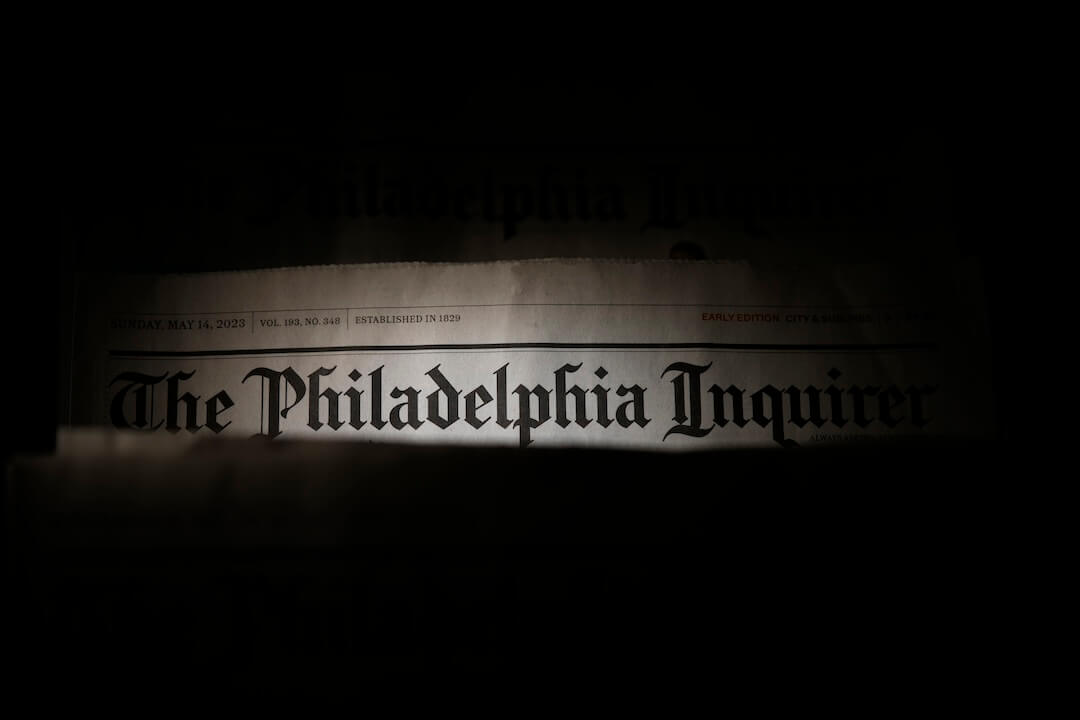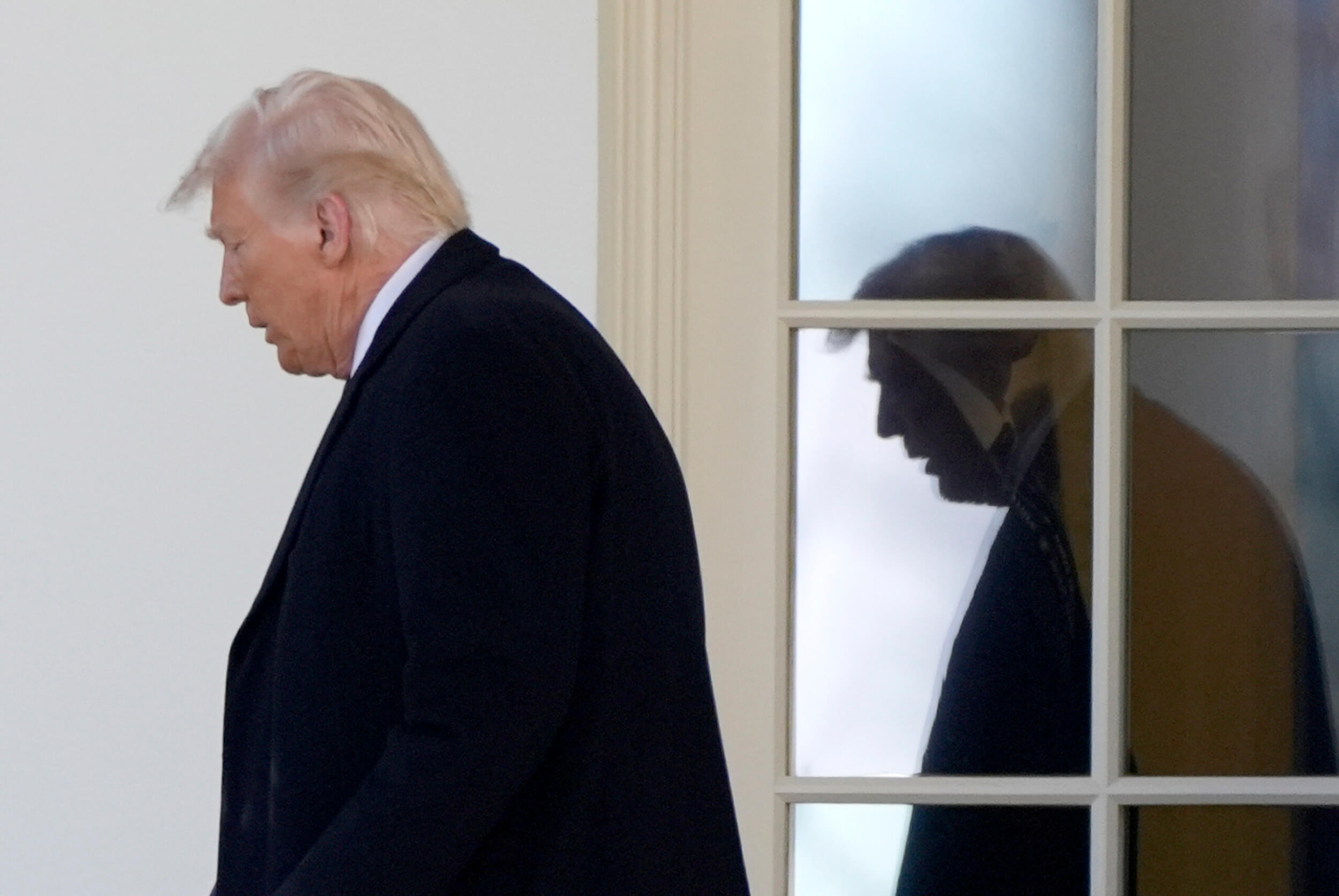If reporters at The Trace covered every shooting in the United States, they would never sleep.
So far this year, the guns-focused nonprofit has tallied more than 23,000 incidents of firearms violence in America. With a newsroom of just 13 (three reporters, seven editors and three fellows) providing in-depth coverage of every incident is impossible.
So, they do the next best thing: Share breaking stories from newsrooms big enough to provide saturation coverage and follow up with smart analysis and reporting.
“We’re not a breaking news shop,” Akoto Ofori-Atta, senior engagement editor at The Trace, said Sunday night. “So when a mass shooting happens, we’re looking to larger organizations that have the bandwidth and the resources to do that.”
That was the approach today, after a gunman entered a gay nightclub in Orlando, Florida and shot 50 people to death in the worst mass shooting in American history. Ofori-Atta’s day began at 7:30 a.m., when she woke up to go to the bathroom and saw the early alerts.
She’s been working ever since, curating stories from CNN, ABC News, Gawker and others on Facebook and Twitter. With every post, Ofori-Atta and a social media fellow she supervises have been trying to add depth: How many terrorists use guns? When do domestic abusers graduate to more serious crimes? How many homicides occurred in Orlando this year?
“We always try to consistently add context wherever we can, because the thing that we own is the expertise — this is the only subject we cover all year round, seven days a week,” Ofori-Atta said.
As officials investigate possible terror motive in Orlando, it's worth noting role of guns in these incidents: pic.twitter.com/UvsFyrLWjI
— The Trace (@teamtrace) June 12, 2016
Before last night's attack, the city of Orlando had 12 gun homicides this year, while the region had 80 in total. https://t.co/bSPlsJP1Qw
— The Trace (@teamtrace) June 12, 2016
Domestic abusers often graduate to other violent crimes. They also often get to have guns.https://t.co/SmmWPc3NwW #Orlando
— The Trace (@teamtrace) June 12, 2016
Whenever possible, the staff prefers sharing stories from organizations that have reporters on the ground: Local TV stations like WPLG and WFTV or newspapers like The Orlando Sentinel. The Trace also tells its (still relatively modest) following on Twitter and Facebook to follow organizations that can provide firsthand information quickly.
“Bigger news organizations might just be reporting from the 50,000-foot view,” Ofori-Atta said. “But think of The Orlando Sentinel, or the L.A. Times when the San Bernardino shooting happened. They have reporters there who are active and giving live updates on Twitter.”
The Trace has a different metabolism than many news organizations that lean into breaking news — and the traffic it drives — when word of a shooting comes over the wires. As an editorially independent nonprofit backed by the notoriously gun-averse Michael Bloomberg, The Trace is somewhat insulated from the pressures of maximizing website impressions to drive ad revenue. But, Ofori-Atta said, The Trace is increasingly courting a loyal audience of influencers — journalists and policymakers — on social media who want reliable information quickly. The best way to do that is to share stories, not rewrite reporting from elsewhere.
That’s not to say Ofori-Atta and her colleagues don’t make concessions to the breaking news beat. In an October 2015 profile of The Trace, Nieman Lab Deputy Editor Laura Hazard Owen noted that the website launched Spotter, which serves as a low-lift clearinghouse for aggregation of gun-violence news. On Spotter, the Trace links to newsworthy stories published elsewhere and offers a one-paragraph summary and analysis.
When its time to do a follow-up story, the newsroom starts by answering a few fundamental questions, Ofori-Atta said: How did the shooter or shooters get their guns? Were they purchased legally? And what are the laws in the state where they were purchased?
“From there, there’s almost always an angle we can take once those details emerge,” she said.
In the days leading up to today’s shooting, The Trace was planning its week around the anniversary of the shooting in Charleston, South Carolina. It took place almost exactly a year ago, the day after The Trace launched.
“To me, it’s crazy — but also not surprising — that our first year was bookended by two of the most horrific hate-driven mass shootings in recent memory,” Ofori-Atta said.






